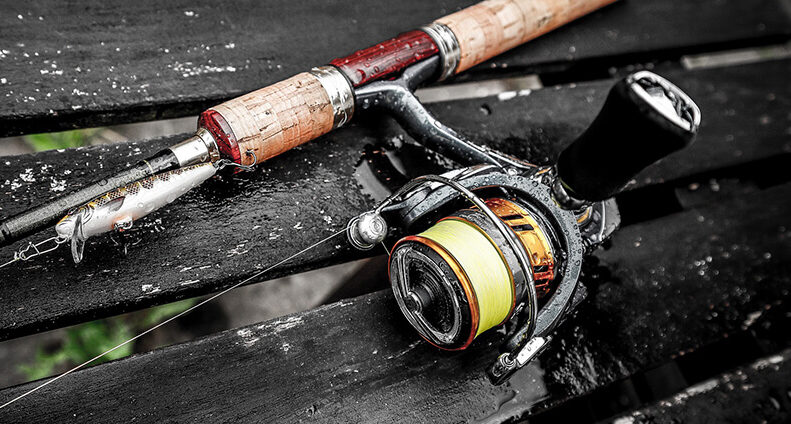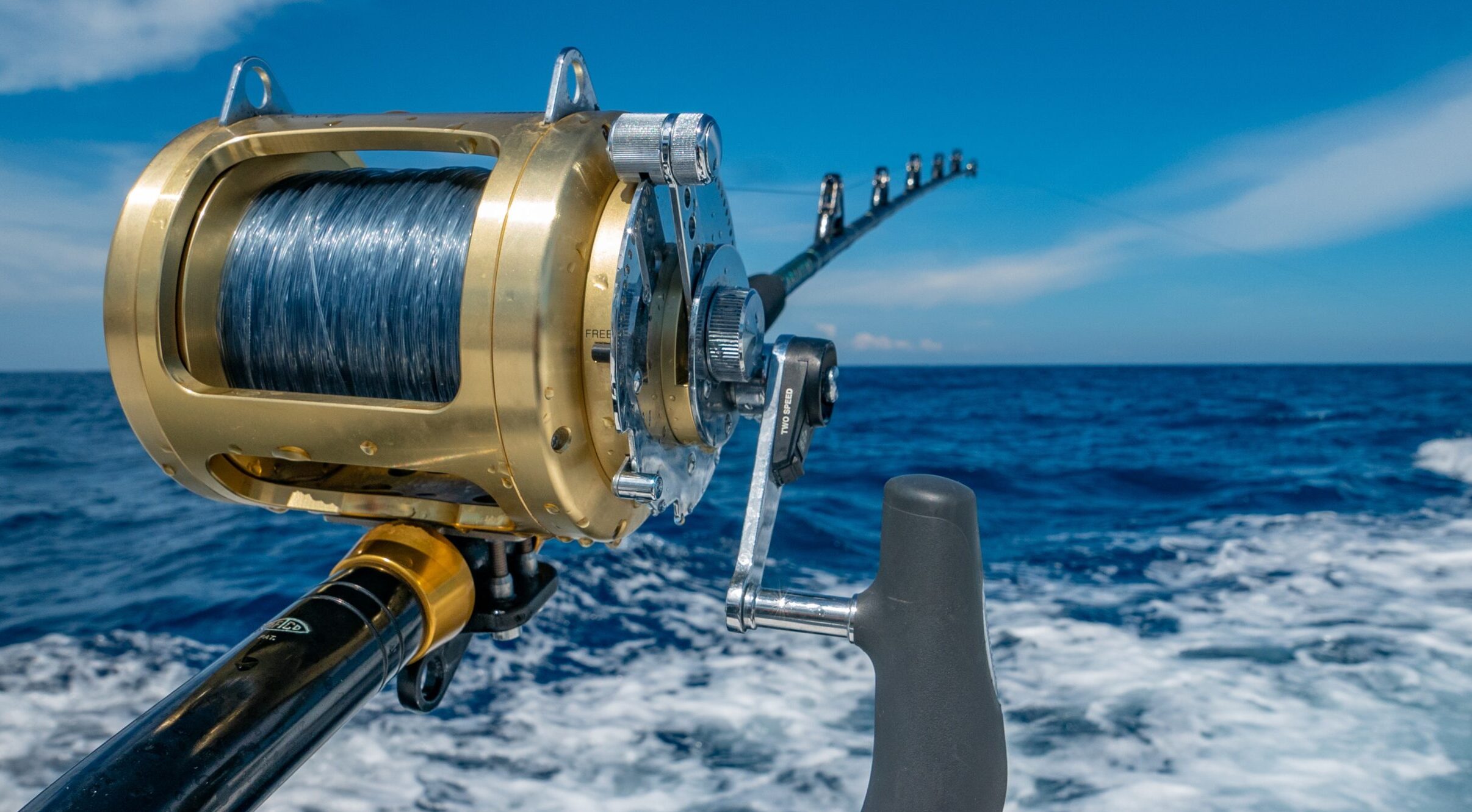Fishing reels are an essential component of any fishing setup. They are used to cast and retrieve fishing line, making it possible to catch fish. The purpose and importance of fishing reels cannot be overstated. Without a fishing reel, anglers would be unable to cast their line far enough to reach the fish or reel in their catch effectively. Fishing reels come in a variety of types, each with its own unique features and benefits. As a result, choosing the right fishing reel is critical to a successful fishing trip.
There are several types of fishing reels available on the market, including spinning reels, spincast reels, and baitcasting reels. Spincast reels are the easiest to use, making them ideal for beginners. Spinning reels are versatile and can be used for a wide range of fishing applications. Baitcasting reels are perfect for targeting large fish in and around heavy cover. Understanding the differences between these types of reels is essential when choosing the right one for your fishing needs.
When choosing a fishing reel, there are several factors to consider. These include the type of fish you plan to catch, the fishing location, the fishing technique you will be using, and your skill level. It is also important to consider the reel’s drag system, gear ratio, and line capacity. By taking these factors into account, you can select a fishing reel that is tailored to your specific needs and preferences. With the right fishing reel, you can enjoy a successful and enjoyable fishing experience.
Spinning Reels
Spinning reels are a popular type of fishing reel used by anglers of all skill levels. The basic components of a spinning reel include the spool, bail, handle, and drag system. The spool is the part of the reel that holds the fishing line, and during casting, the line comes off the spool freely while the spool itself remains stationary. The bail is a metal arm that guides the line onto the spool, and the handle is used to retrieve the line. The drag system is a mechanism that allows the angler to adjust the amount of resistance on the fishing line, which is essential for reeling in different sizes of fish. Spinning reels are also known for their versatility, as they can be used for a wide range of fishing techniques, including freshwater and saltwater fishing.
Spinning reels have several advantages and disadvantages. One advantage of spinning reels is that they are easy to use and are generally the cheapest type of fishing reel. They are also ideal for beginners because they are less likely to tangle or backlash, which can be frustrating for novice anglers. However, spinning reels lack durability and may struggle with larger fish due to their shorter casting length. Additionally, they may not provide the same level of sensitivity as other types of reels, such as baitcasting reels.
There are several techniques for using spinning reels effectively. One technique is to use a slow and steady retrieve when fishing for species such as trout or bass. Another technique is to use a jerking motion when fishing for species such as pike or musky. When casting, it is important to hold the rod at a comfortable angle and to keep the line tight to avoid tangles. It is also important to choose the right spinning reel for the type of fishing you plan to do. For example, if you plan to cast long distances, it is best to choose a spinning reel with appropriate characteristics such as long distance casting capability. With the right technique and equipment, spinning reels can be a reliable and effective tool for catching a wide range of fish.
Baitcasting Reels
Baitcasting reels, also known as casting reels, are a popular choice for anglers targeting large fish in and around heavy cover. These reels are designed to provide greater accuracy and control when casting, making them ideal for more experienced anglers. The basic components of a baitcasting reel include a spool, handle, drag system, braking system, and level wind. The spool is responsible for holding the fishing line, while the handle is used to turn the spool. The drag system is used to control the amount of resistance on the fishing line, while the braking system helps prevent backlash during casting.
Baitcasting reels offer several advantages and disadvantages compared to other types of fishing reels. One of the main advantages of baitcasting reels is their greater accuracy and control when casting. They also have a higher gear ratio, allowing for faster retrieval of the fishing line. However, baitcasting reels can be more difficult to use for beginners and require a greater level of skill to cast effectively. They also tend to be more expensive than other types of fishing reels and may not be suitable for all types of fishing.
There are several techniques that can be used when using a baitcasting reel. One of the most important techniques is thumb control, which involves using the thumb to control the speed of the spool during casting. This helps prevent backlash and ensures a smooth, accurate cast. Another important technique is proper casting form, which involves using the correct posture and arm movement when casting. With practice and patience, anglers can master the use of baitcasting reels and enjoy the benefits they offer.
Other Types of Fishing Reels
In addition to spinning and baitcasting reels, there are several other types of fishing reels available on the market. One such type is the fly fishing reel, which is designed specifically for fly fishing. Fly fishing reels are typically lightweight and have a large arbor design, which allows for faster line retrieval and reduces line memory. These reels are also often designed with a smooth drag system to help anglers fight larger fish.
Another type of fishing reel is the spincast reel, which is often considered the easiest type of reel to use. Spincast reels are designed with a closed face, which helps prevent tangles and backlash. These reels are often used by beginners and children due to their ease of use and affordability. Underspin reels are another type of fishing reel that are similar to spincast reels but are designed to be mounted underneath the rod. These reels are often used for light to medium freshwater fishing and are known for their smooth drag system and easy casting abilities.
While spinning and baitcasting reels are the most commonly used types of fishing reels, fly fishing, spincast, and underspin reels all have their unique advantages and are designed for specific types of fishing. Choosing the right fishing reel depends on several factors, including the type of fishing you plan on doing, the size of the fish you are targeting, and your personal preference and skill level. By understanding the different types of fishing reels available, you can make an informed decision and select the best reel for your needs.


